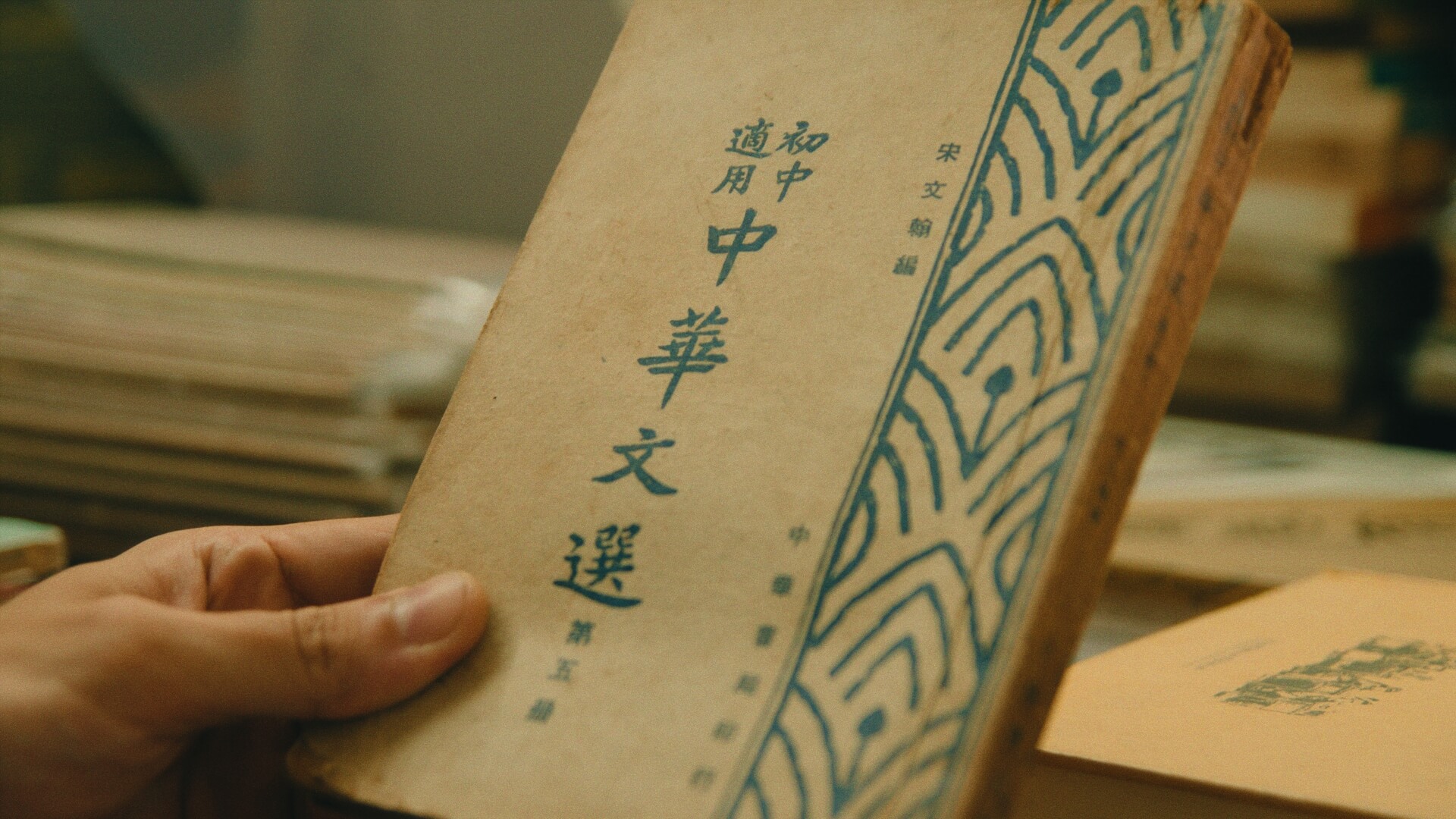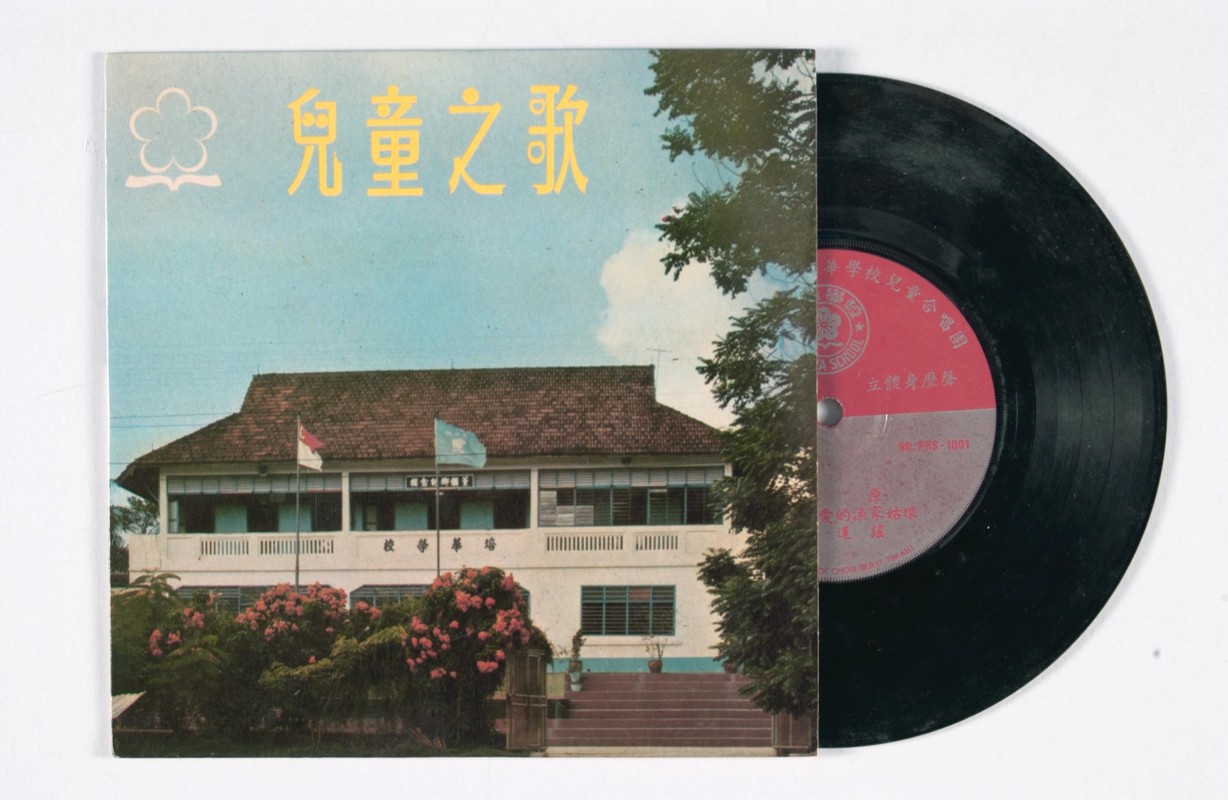The Speak Mandarin Campaign
The Speak Mandarin Campaign was launched in 1979 by Singapore’s then-Prime Minister Lee Kuan Yew. 1 The country’s early immigrants came from all over Asia, and ethnic Chinese from different backgrounds spoke different tongues and had different cultural practices. As a result, the campaign was launched in order to simplify the language environment for Chinese Singaporeans, foster better communication between the Chinese communities, as well as create an environment conducive for the bilingual education policy. It encouraged Chinese Singaporeans to use Mandarin more in their daily lives, and aimed to enhance people’s understanding of Singapore Chinese culture.
The Speak Mandarin Campaign has gone through three major phases of development. The first, from 1979 to 1981, was aimed at the Chinese community at large. The second phase started in 1982, when the campaign began to show results, and it was about encouraging Chinese Singaporeans from all walks of life to speak Mandarin more and, through Mandarin, appreciate the richness of Chinese culture. Later, as more and more Chinese Singaporeans adopted English as their primary language of communication, the Speak Mandarin Campaign reached an important turning point in 1994. It entered its third phase, where it began focusing on encouraging English-educated Chinese Singaporeans to use Mandarin in their daily lives. Today, the Speak Mandarin Campaign continues to evolve. Besides encouraging Singaporeans to make Mandarin a part of their everyday life, it also seeks to preserve the vibrancy and uniqueness of Singapore Mandarin.
Phase 1: Early days of the campaign
The Speak Mandarin Campaign was launched by the government with two main objectives: first, to have a common language of communication for ethnic Chinese people who spoke different dialects; second, to encourage Singaporeans to master their mother tongue and pass on Chinese culture to future generations. At the time, the Chinese in Singapore were still mainly using Chinese dialects in their daily lives. Schools had already implemented a bilingual education policy with English as the first language and Mandarin as the second language. Lee believed that if Chinese Singaporeans continued to speak primarily in dialects, they might not see the need to learn Mandarin, and this would not be conducive to the implementation of the bilingual education policy. With this in mind, the Government launched the Speak Mandarin Campaign on 7 September 1979. The Parliamentary Secretary in the Ministry of Culture at that time, Dr Ow Chin Hock, was appointed as the first Chairman of the Committee to Promote Use of Mandarin (later known as the Promote Mandarin Council).2
The early days of the campaign drew active participation from various Chinese community organisations. Forming the Committee to Promote Use of Mandarin, they furthered the campaign’s goals in an organised way. Government departments introduced various measures too, for example encouraging that civil servants speak in Mandarin rather than dialects during their daily conversations.
The government also started to phase out dialect programmes on radio and television. The first to go were dialect advertisements on television in July 1978. This was followed by the launch of the first Mandarin-dubbed Hong Kong drama series Yi Tian Tu Long Ji (Heaven Sword and Dragon Sabre) at the end of October 1979, and a complete ban on dialect television programmes in 1981. Radio also stopped broadcasting dialect programmes from 1 January 1983.

Phase 2: Initial success
The Speak Mandarin Campaign was launched with a long-term goal in mind: for all Chinese Singaporean students to use dialects less and speak Mandarin more within five years, and for Mandarin to replace Chinese dialects as the language of everyday speech within 10 years. To achieve this, the campaign has focused on different venues and groups each year, for example, encouraging the use of Mandarin in the workplace in 1982, and focusing on hawker centres and wet markets in 1983.
The Speak Mandarin Campaign has also explored different avenues to encourage people to speak Mandarin, for example, organised Mandarin classes at community centres, recorded Chinese courses on cassette tapes for sale, and organised Chinese storytelling and recitation competitions. The Government also regularly broadcasted promotional clips and advertising jingles for the campaign on TV and radio, encouraging people to speak Mandarin more. The TV stations, RTS then later SBC, also produced local TV dramas in Mandarin, providing more options for viewers of Mandarin programmes. From 1 January 1981, Singapore’s Ministry of Education schools started to address ethnic Chinese students by the Hanyu Pinyin versions of the names on their birth certificates. The Accounting and Corporate Regulatory Authority also encouraged companies to use Hanyu Pinyin names when registering.
A survey by the Government 10 years after the launch of the Speak Mandarin Campaign offered indications of success. According to Primary One registration data that year, the proportion of ethnic Chinese students who mainly spoke Mandarin at home had increased from 26% in 1980 to 69% in 1989, while the proportion of primary students from predominantly dialect-speaking families dropped sharply from 64% to 7%.
Stage 3: Turning point
After 15 years, the Speak Mandarin Campaign reached an important turning point in 1994. As increasingly high numbers of Chinese Singaporeans used English as their primary language of communication, the Government saw the need to target English-educated Chinese Singaporeans in its efforts to promote the use of Mandarin.
Since then, in order to boost the appeal of the campaign among the younger generation, Promote Mandarin Council began to organise a series of activities, such as xinyao (Mandarin songs composed and performed by youths in Singapore) music events, storytelling competitions, concerts, variety shows on television, and made extensive use of online resources and games. In 2004, the Speak Mandarin Campaign launched its first bilingual slogan Huayu Cool (Mandarin Cool). Entering the 21st century, the Speak Mandarin Campaign also started actively employing new media and technologies to create a more favourable environment for the learning of Mandarin.

In recent years, the Speak Mandarin Campaign has been focusing on encouraging Singaporeans to use Mandarin more in their daily lives, as well as enhancing people’s understanding of Singapore Chinese culture. Since 2019, it has used the slogan “Speak Mandarin? Yes, I Can.” to encourage Singaporeans to persevere in learning Mandarin and speaking it.
Looking ahead
The linguistic environment of the Chinese community in Singapore has undergone a rapid transformation over the past few decades, with the launch of the Speak Mandarin Campaign, and Mandarin replacing Chinese dialects. However, while the campaign has popularised the use of Mandarin, English has also quickly become the dominant language in Chinese homes in Singapore. This has presented new challenges for the campaign.
In view of this, promoting Mandarin solely through the Speak Mandarin Campaign is not enough. In recent years, the government has also encouraged parents to take an active role in helping their children master their mother tongue, so that Mandarin continues to be a part of the daily lives of Chinese Singaporeans — including those from the younger generation.
This is an edited and translated version of 讲华语运动的历史与发展. Click here to read original piece.
| 1 | In its early days, the Speak Mandarin Campaign was also known as the “Promote Mandarin Campaign”. |
| 2 | The Committee to Promote Use of Mandarin was renamed the Promote Mandarin Council in 1998. |
Promote Mandarin Council Editorial Team. Huayu: xin shidai [A Mandarin Anchor in a Changing World]. Singapore: National Heritage Board, 2014. | |
Official website of the Promote Mandarin Council. |










